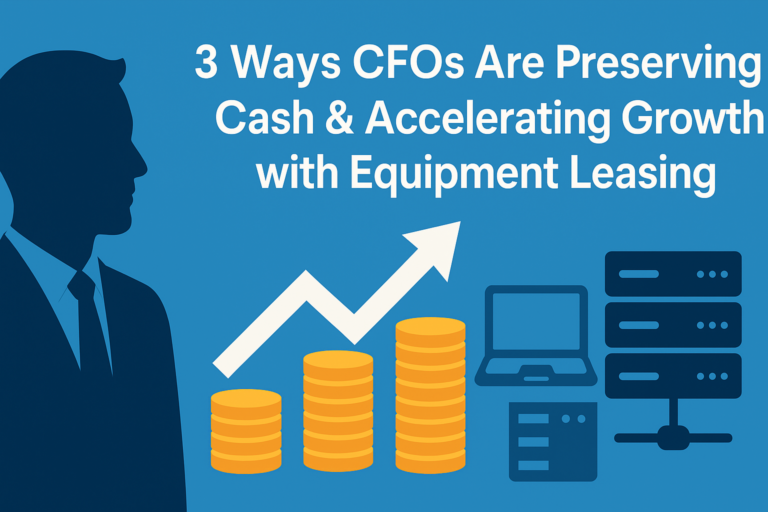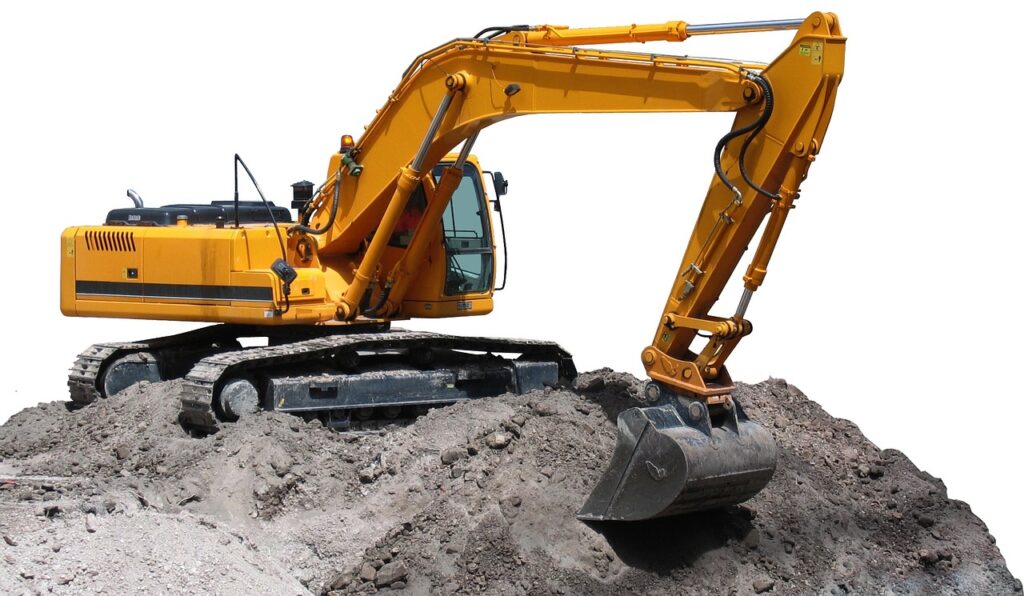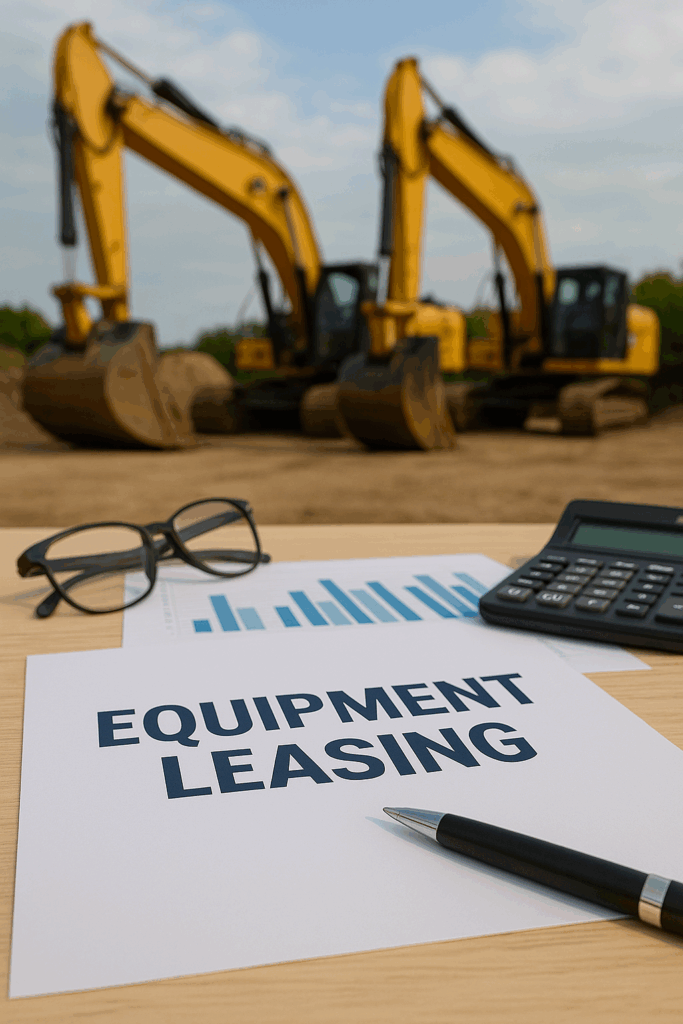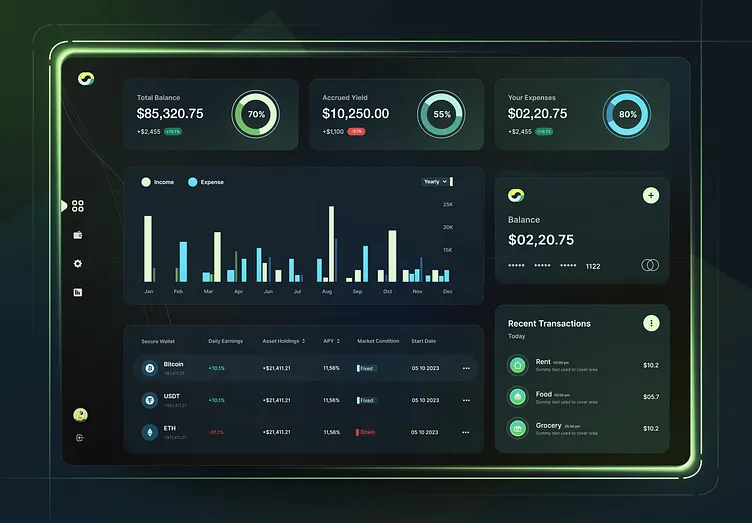3 Ways CFOs Preserve Cash & Accelerate Innovation with Equipment Leasing
Executive Summary
Equipment leasing has evolved from a niche financing tactic into a strategic lever that top CFOs deploy to preserve working capital, align payments to cash flows, and optimize balance-sheet impact under new accounting rules. In this article, you’ll discover:
How zero-down deferral leases fund high-risk prototypes ➔ pilot phases
Why growth-aligned payment schedules smooth P&L volatility
Best practices for ASC 842/IFRS 16 compliance that keep debt ratios healthy
Why CFOs Can’t Ignore Equipment Leasing in 2025
Market Momentum: U.S. commercial equipment-finance volumes hit $11 billion in April 2024—up 17 % year-over-year—and have stayed in the $9–11 billion/month range for 2024 (ELFA’s MLFI-25 report).
C-Suite Adoption: 75 % of finance leaders say they’ll increase tech CapEx when rates ease, with leasing cited over outright purchase for flexibility (PNC’s equipment-finance best practices).
Accounting Shifts: ASC 842/IFRS 16 now bring most leases on-balance-sheet—yet smart structuring can preserve operating-lease treatment (VisualLease guidance).
Key Takeaway: Leasing isn’t just “renting”—it’s a strategic tool CFOs use to turn CapEx into OpEx, preserve cash for growth, and reduce financial risk.
1. Zero-Down Deferrals for High-Risk R&D
The R&D Cash-Flow Conundrum
Innovating hardware prototypes or beta-platforms often precedes clear revenue. CFOs hesitate to commit to large CapEx until the product-market fit is proven.
The Leasing Solution
Deferred-Payment Leases (30–180 days) remove upfront costs and buy time to validate. Highlights:
Iterate Freely: Deploy tooling, servers, or software—no cash outlay required.
Align to Funding: Sync first payments with Series A closes, grant receipts, or pilot customer payments.
Minimal Exit Costs: Cancel or exchange leases with low penalties if pivots occur.
How to Execute
One-Page Application: Submit a quick credit form and vendor quote (≤ \$500 K).
Deferral Window: Negotiate a 120-day no-payment period built into an operating lease
Pilot Phase: Prove concept; convert into a standard 24–36 month amortization if successful.
Pro Tip: Secure a “rollback clause” that pre-sets residual values—allowing you to convert to ownership at pilot success.
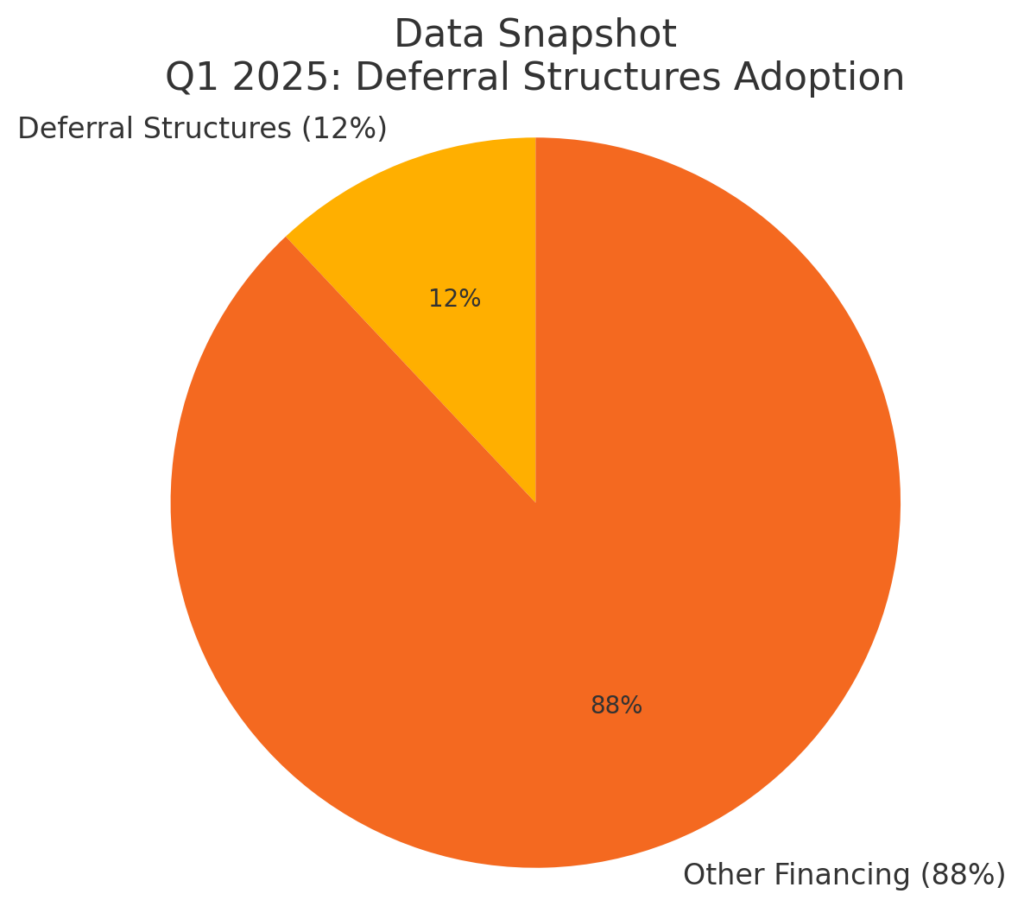
2. Growth-Aligned Payment Schedules
The Seasonality Squeeze
Fixed monthly lease payments can clash with cyclical revenue, constricting cash when you need it most.
The Leasing Solution
Step-Up & Seasonal Leases tailor payments to match your business cycle and protect working capital.
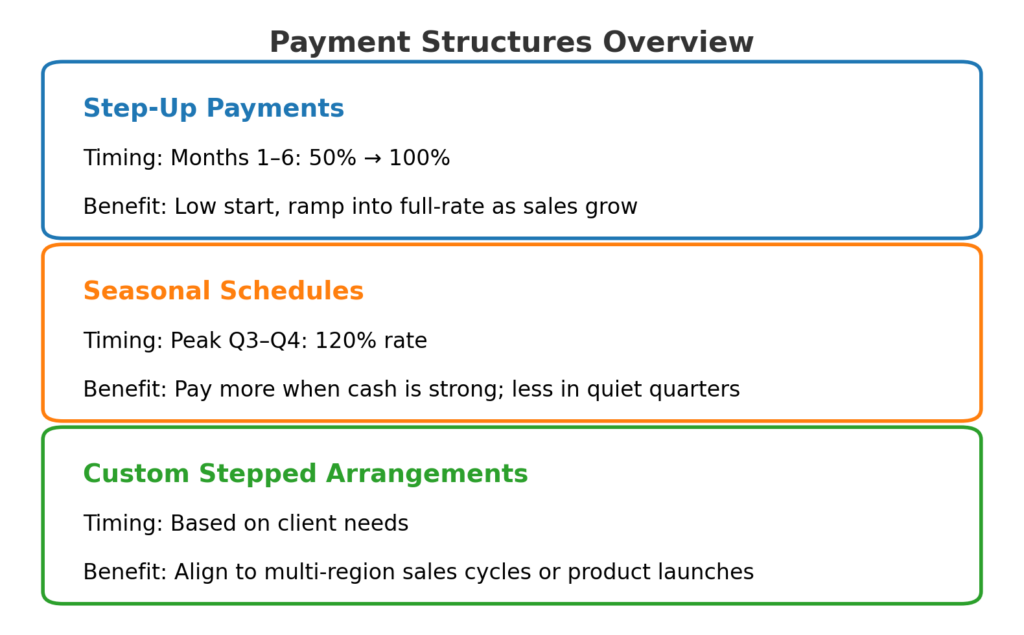
Why It Works
Cash-Flow Harmony: Payments rise and fall with actual income.
Better Forecasting: Finance teams can predict P&L impact more accurately.
Strategic Flexibility: Easily adjust schedules for new project phases.
Insight: Firms using these tailored structures report a 20 % improvement in working-capital turnover vs. flat-rate leases
3. ASC 842/IFRS 16 Mastery to Minimize Debt Impact
The Covenant Crunch
Under ASC 842/IFRS 16, almost all leases create a right-of-use asset and liability, potentially inflating your debt ratios and risking covenant breaches.
The Leasing Solution
Strategic Classification & Term Structuring preserves operating-lease treatment and shields your balance sheet.
Audit & Classification
Catalog every equipment and software agreement.
Apply the five-criteria test to distinguish operating vs. finance leases.
Term Optimization
Keep lease durations < 75 % of the asset’s useful life to qualify as operating.
Negotiate no residual-value guarantees that default you into a finance-lease classification.
Governance & Reporting
Maintain a lease register with contract details, ROU metrics, and classification logic.
Automate quarterly covenant-impact checks integrated with ERP/lease-accounting tools.
Vendor Partner Case Study: Driving $46 Million of Cash Preservation
Challenge:
A global software provider needed to preserve \$46 million in working capital for R&D and reseller incentives, without tapping its treasury reserves.
Approach:
Zero-Down Deferrals: Secured a 120-day no-payment pilot lease covering prototype tooling and software licenses.
Step-Up Payment Schedule: Structured payments at 50 % of a standard rate for Months 1–6, 120 % during peak renewal season, then 75 % thereafter over a 36-month term.
Operating-Lease Classification: Optimized for ASC 842 treatment by keeping lease duration under 75 % of asset useful life and negotiating no residual-value guarantees.
Outcome:
$46 Million Freed — immediate working-capital release for innovation and market expansion.
~18 % Lower Lease Liabilities on Day 1, preserving crucial debt-covenant headroom.
48-Hour Turnaround — approval and funding completed within two business days, enabling the client’s rapid go-to-market timeline.
Conclusion
In capital-intensive hardware and software markets, preserving cash is paramount. By combining zero-down deferrals, growth-aligned payments, and ASC 842 optimization, CFOs transform leasing from a simple financing tool into a strategic accelerator—fueling innovation, safeguarding covenants, and keeping the balance sheet lean.
